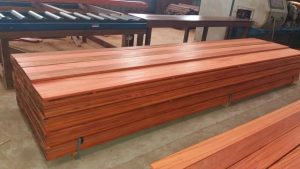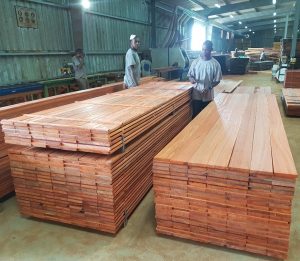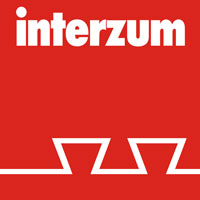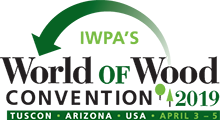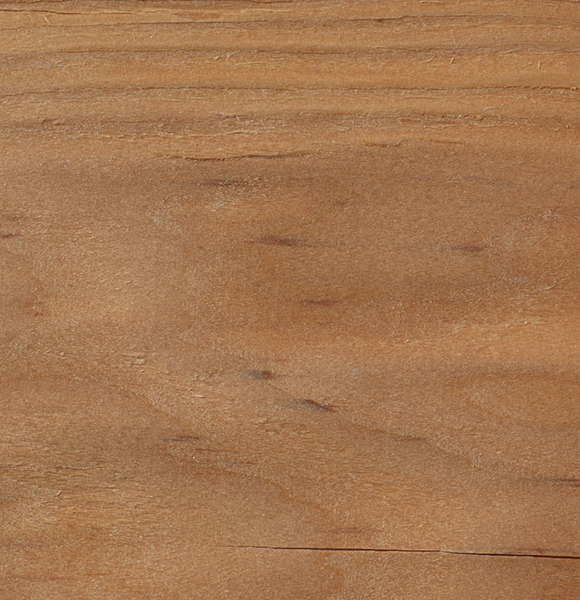DOUGLAS-FIR
Pseudotsuga menziesii is known as Oregon pine, red fir or yellow fir in North America. It is considered one of the most important kinds of timber in its habitat.
Description
| Botanical name: | Pseudotsuga menziesii |
| Overall character: | Straight-fibred, knotty yet exceptionally decorative timber. |
| Color and structure: | The sapwood has a white to yellowish grey color and a small width, depending on the age of the tree. It sets itself apart from the fresh state of the bright, yellow-brown to reddish-brown heartwood that darkens significantly. |
| Characteristics/features: | Depending on the origin, woods from Europe are classified as durability class 3-4 pursuant to DIN EN 350. North American timber is classified as class 3 durability. |
| Areas of use: | The Douglas fir is suitable for outdoor use without earth contact, as well as for decorative indoor use. This timber is mainly used in gardening and landscaping. |
| Sources: | https://www.holzvomfach.de |



